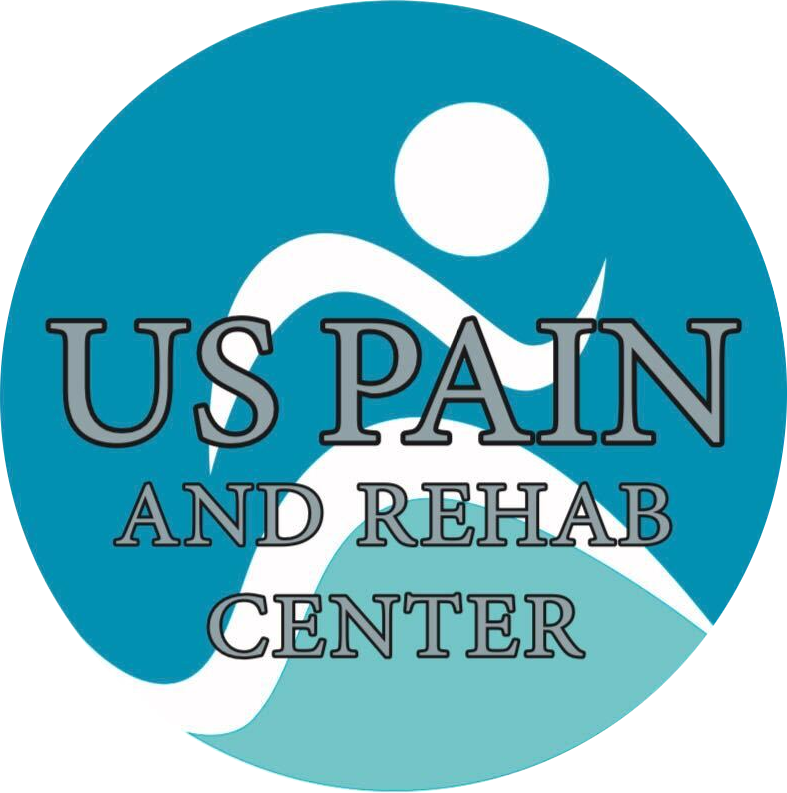Motor vehicle accident and work related injuries
Low back pain
Neck pain
Mid back pain
Headache and facial pain
Sciatica
Whiplash
Sacroiliac joint dysfunction
Spinal Stenosis Spondylolisthesis
Disc degeneration
Disc herniation
Facet joint arthropathy
Cervical stenosis (Narrowing of the spinal canal)
Lumbar stenosis
Occipital neuralgia
Pars fracture
Myelopathy
Radiculopathy
Nerve pain
Injections
Trigger point injections
•
Trigger points are painful focal points of acute tenderness in the muscles. A trigger point injection is a procedure used to treat painful areas of muscle that contain trigger points, or knots of muscle that form when muscles do not relax. With the injection, the trigger point is made inactive, and the pain is alleviated. Usually, a brief course of treatment will result in sustained relief. Injections are given in the office and usually take just a few minutes. Several sites may be injected in one visit.
Large joint injections
•
Joint injections are performed in the office by injecting medications into or around the joint to increase mobility, reduce inflammation and relieve pain due to injury.
Medication Management
Discussion, prescription and monitoring of the following types of medications:
• Nerve-based medications
• Non-narcotic medications
• Narcotic medications
Physical management
Discussion, care coordination and/or referral with the following:
• Chiropractic care
• Physical therapy
• Concussion care
• Lifestyle modifications
• Pain interventionalist
• Neurologist
• Orthopedic surgeon
*Certain advanced procedures and indications for surgery will be discussed as needed

At US Pain and Rehabilitation Center our mission is to improve quality of life by reducing pain and suffering in order to maximize function. Our physicians are dedicated to the practice of interventional pain medicine. We are committed to offering the highest standard of care based on patient outcomes. Our medical practice strives to establish an individual approach, which is based on teamwork and a multidisciplinary model of care.
" A brand for a company is like a reputation for a person "
The majority of trauma victims experience pain. Acute pain can impact respiratory function, increase metabolic demand, impair wound healing, suppress immunity, and reduce mobility. Inadequate acute pain management after trauma delays return to work, lowers quality of life, and increases post-traumatic stress disorder (PTSD) risk. Poorly managed acute pain also increases the risk of chronic pain development. Nearly two-thirds of patients report at least moderate pain 12 months after injury, and three-in-four report pain interference with activities of daily living, such as social engagement, work, and cognitive and emotional function. Pain is associated with decreased self-efficacy and increased risk of depression. This effect may be more pronounced after trauma, because traumatic events cause distress that can exacerbate pain, triggering a trauma-pain-distress feedback loop. For all patients, the goal of pain management is a tolerable pain level that allows the patient to function.